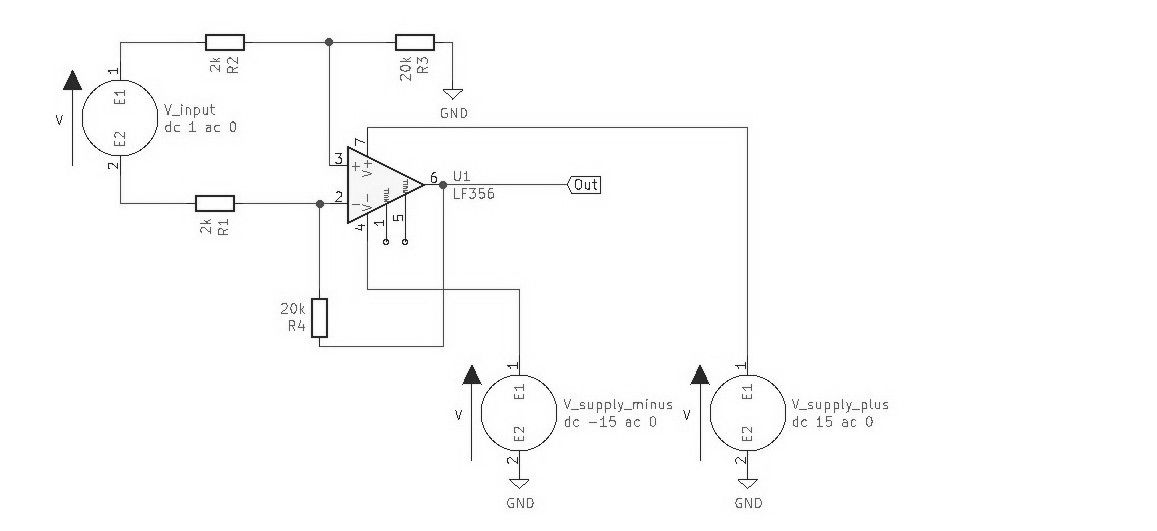
LEARNING OUTCOMES
After this course, students get familiar with
- Basic models and analysis methods of electronic circuits, e.g., Kirchhoff laws and Thevenin's theorem
- Basic component blocks in electronic circuits such as small direct-current circuits and operational amplifiers.
- Basic practical skills to implement simple electronic circuits and to measure their properties.
Credits: 2
Schedule: 14.09.2021 - 21.10.2021
Teacher in charge (valid for whole curriculum period):
Teacher in charge (applies in this implementation): Martin Andraud, Katsuyuki Haneda, Juha Mallat
Contact information for the course (applies in this implementation):
CEFR level (valid for whole curriculum period):
Language of instruction and studies (applies in this implementation):
Teaching language: English. Languages of study attainment: English
CONTENT, ASSESSMENT AND WORKLOAD
Content
valid for whole curriculum period:
- Kirchhoff theory
- Circuit transformation
- Direct-current circuits
- Operational amplifiers
- Use of myDAQ for testing and measuring circuits
Assessment Methods and Criteria
valid for whole curriculum period:
Collecting points from lecture participation, calculation exercises and MyDAQ exercises. Final grades will be decided based on the collected points.
Workload
valid for whole curriculum period:
2 credits x 27.5 = 55 hours of study will include contact sessions and individual studies for reading books and slides, solving exercise problems and working on myDAQ.
DETAILS
Study Material
valid for whole curriculum period:
James W. Nilsson and Susan A. Riedel, Electronic Circuits, Pearson Prentice Hall. We use 7th and later Editions of the book.
Substitutes for Courses
valid for whole curriculum period:
Prerequisites
valid for whole curriculum period:
SDG: Sustainable Development Goals
3 Good Health and Well-being
7 Affordable and Clean Energy
9 Industry, Innovation and Infrastructure
11 Sustainable Cities and Communities
13 Climate Action
FURTHER INFORMATION
Further Information
valid for whole curriculum period:
Students of the bachelor programme in Electrical Engineering (AUT, IT, BioIT, EST majors) are not allowed to include the course in their degree.
Teaching Period:
2020-2021 Autumn I-I
2021-2022 Autumn I-I
Course Homepage: https://mycourses.aalto.fi/course/search.php?search=ELEC-C9610
Registration for Courses: In the academic year 2021-2022, registration for courses will take place on Sisu (sisu.aalto.fi) instead of WebOodi.
On Weboodi.
